How to grow Sunflowers from Seed
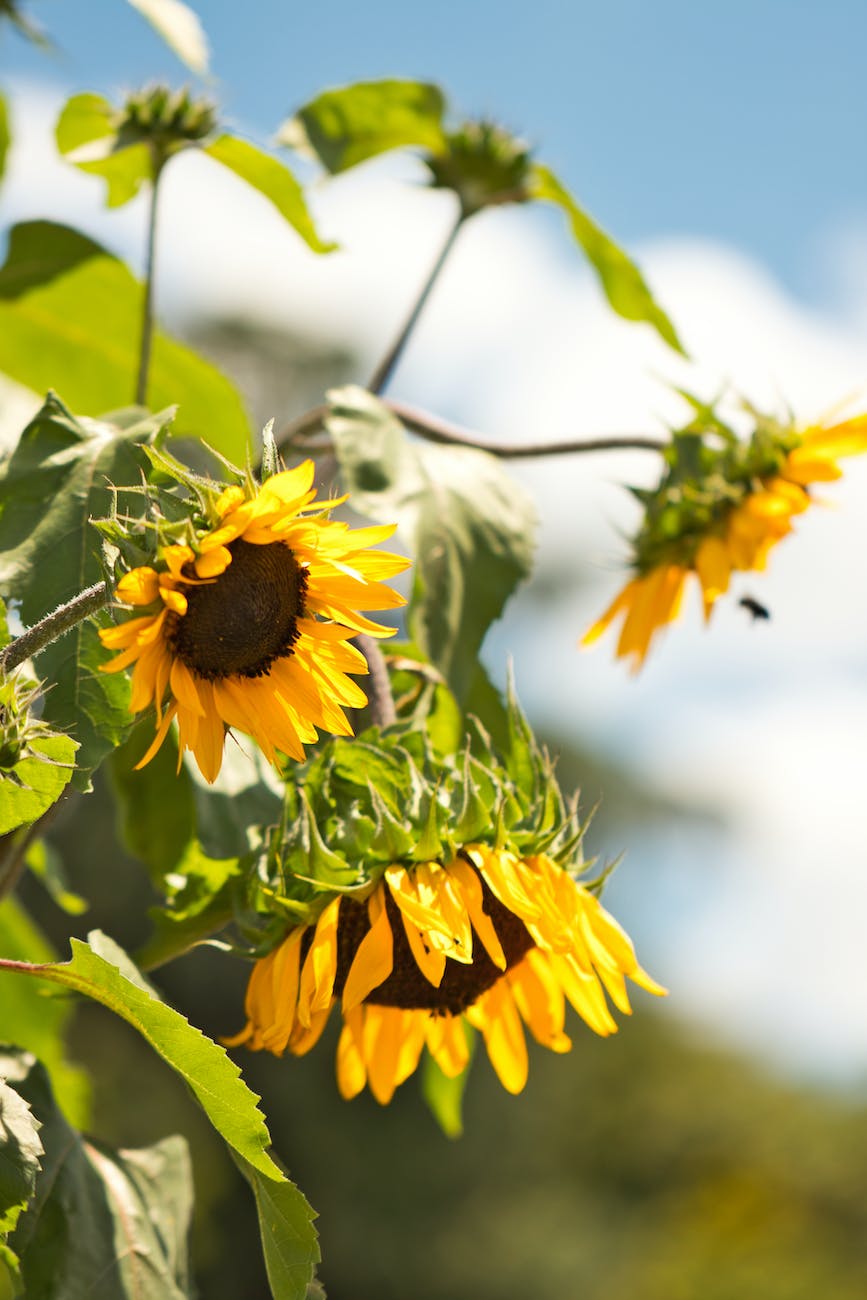
Sunflowers are some of the most gorgeous flowers you can grow! They make amazing cut flowers and are very easy to start from seed and maintain. They come in all different varieties, colors, and heights. There’s one for everyone and every size garden.
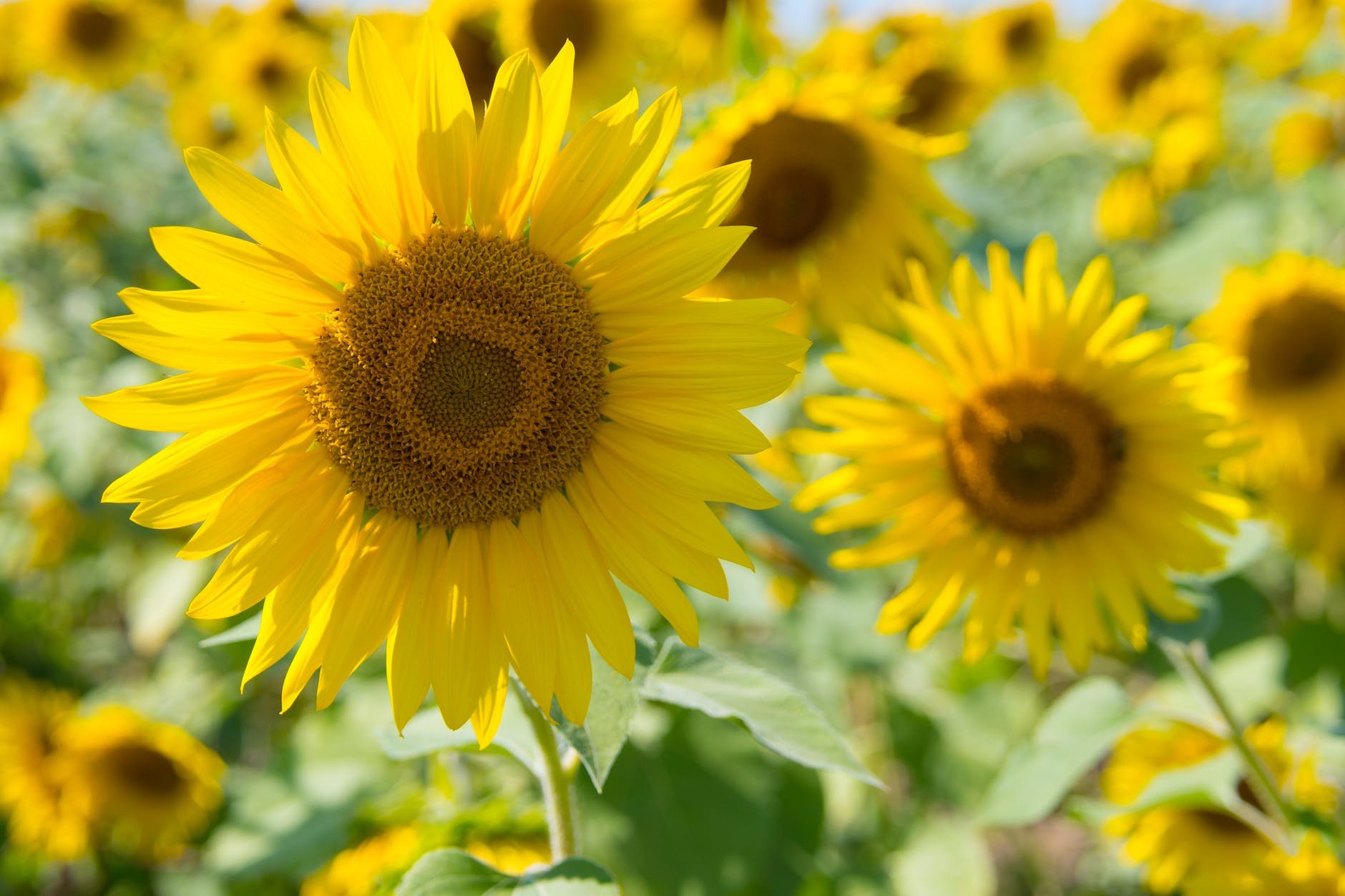
This blog post may contain affiliate links and if you make a purchase you will be helping me continue my love and passion for gardening.
Where to Buy Sunflower Seeds
With so many retailers that sell seeds the world is your oyster when It comes to where to buy seeds. Here are some of my favorite places to shop online for seeds.
Start Seeds Inside or Out?

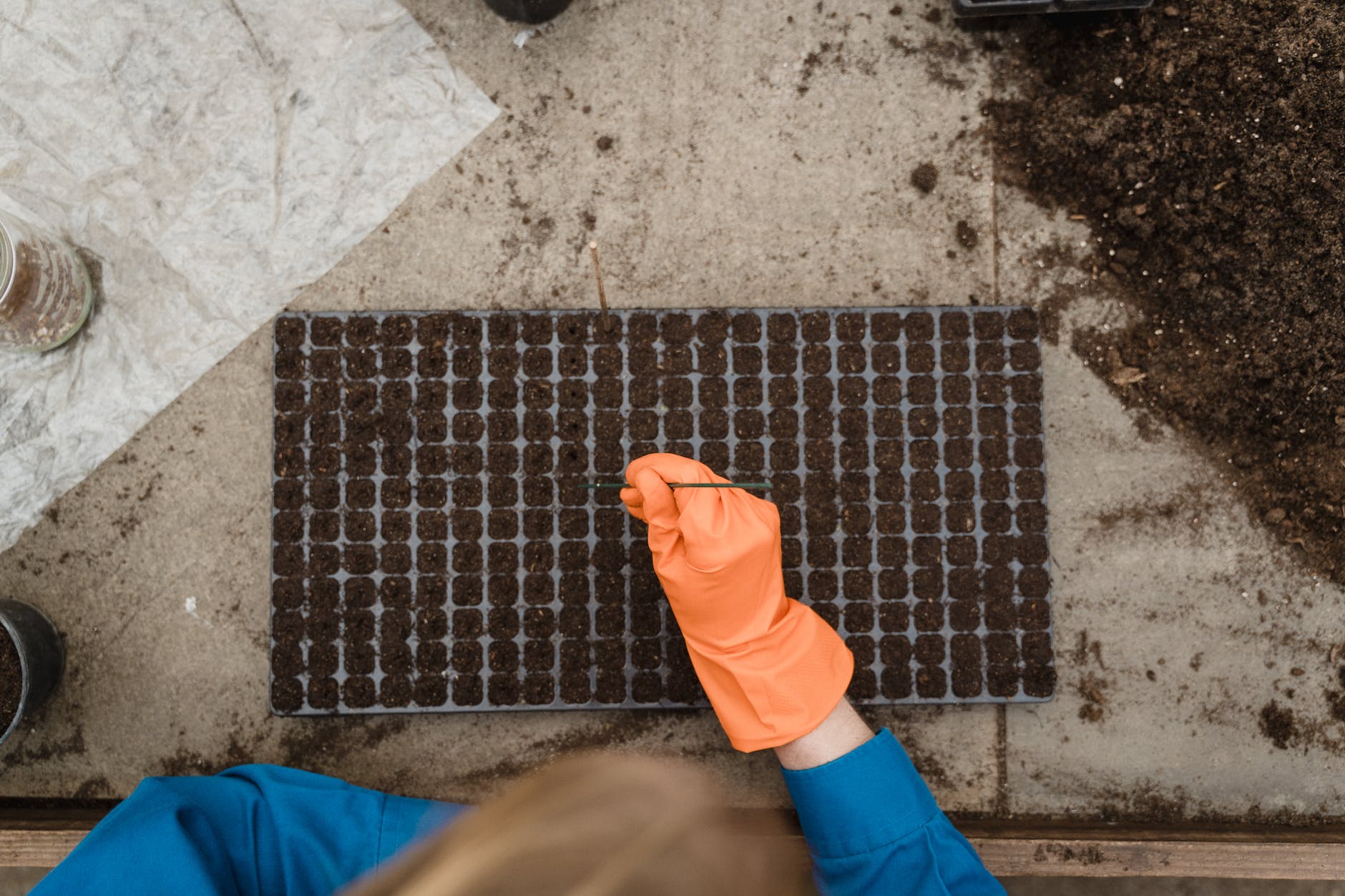
Outside
Whether you start your Sunflower seeds inside or out is up to you. Both options are wonderful depending on your situation. Starting your sunflower seeds outside will be the easiest by far but you will have to deal with pest pressure.
Birds, chipmunks, squirrels among many others will be after your seeds as soon as your plant them in the ground. Aside from watering nature will take care of them for you. You will have stronger seedlings that grow into healthy plants.
Follow the planting guide on the seed packet for planting outside in ground, Containers or Raised Garden Beds. Your soil will need to be well draining. Soggy soil can rot sunflower plants from the roots up and you don’t want to miss out on those gorgeous blooms! You will likely need to plant your seeds about 2-6 inches apart and and inch or so down in the soil in full sun (6-8+ hours)
Get on a regular fertilizing schedule because Sunflower plants are heavy feeders and thrive on being fertilized regularly.
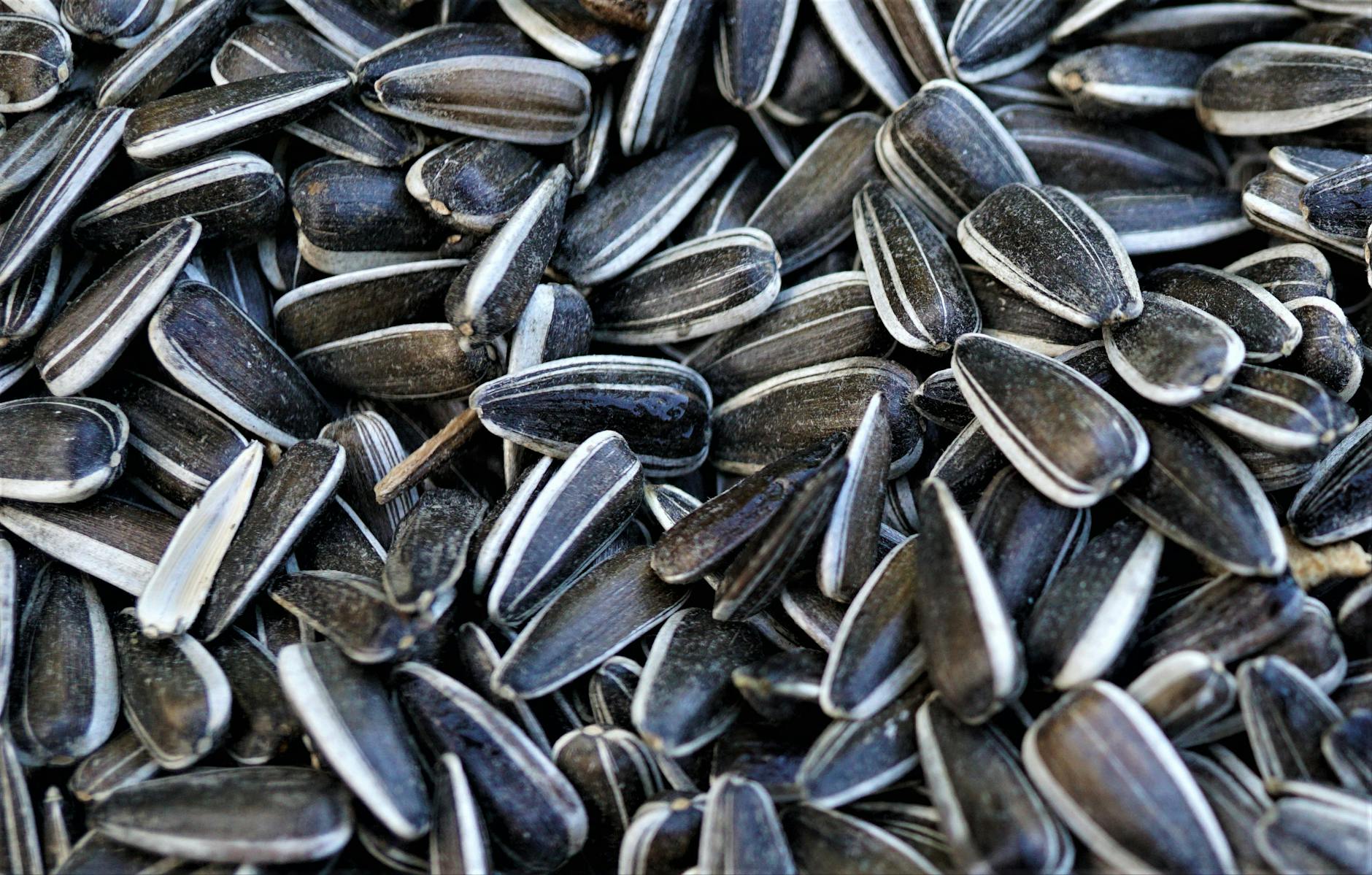
If you also love Zinnias you can learn how to grow them here!
Inside
To grow sunflowers indoors you are going to need patience and space because sunflower seeds sprout and grow very fast! Here’s what you need to get started.
Seed Starting Supplies
You can get high tech with seed starting if you want, but you can totally do it low cost. All you need is what’s listed above. Using seed starting mix when starting seeds indoors is important because seed starting soil is sterile. Potting soil can have bacteria that can aid in seedling death called damping off. So you need to keep clean tools, pots and soil.

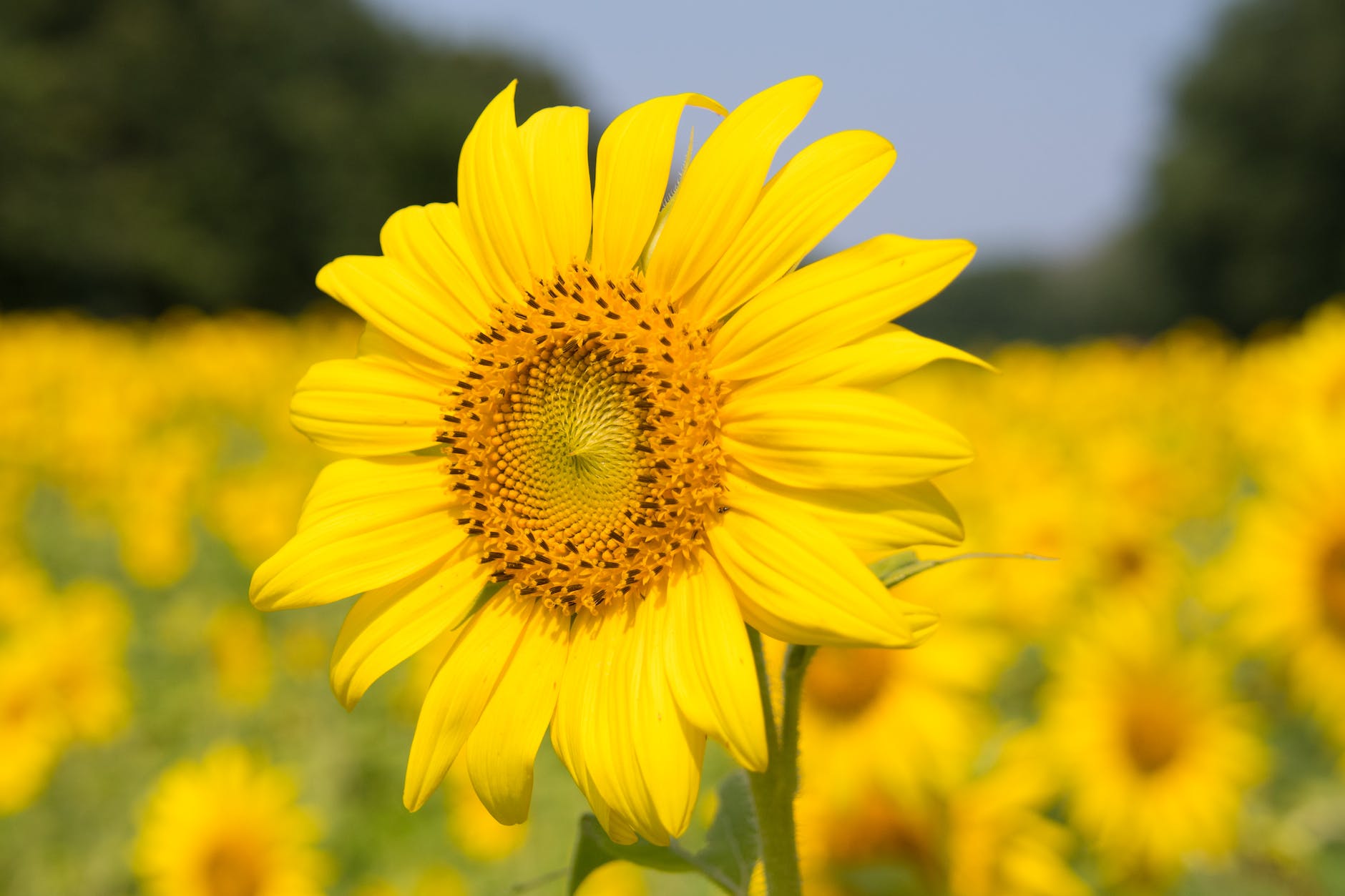
How to grow
Fill your pots with seed starting mix then depending on the size of your pots plant your seeds 1/2 inch down, cover with soil and water in. Be prepared to keep your seed mix moist. You don’t want to let your pots dry out.
If you don’t have strong window light or overhead grow lights you will get leggy (stretched) seedlings. While you can grow your seeds in a window sill but I highly recommend you get a grow light or two.
Aside from overhead lighting you will want to keep your seedlings in a warm area of your home. Sunflower seeds don’t need to much heat to germinate but do best in a warm room.
Sprouts
Once your seeds sprout you will want to make sure to keep the soil moist, light consistent and the space warm. Seedlings need at least 13 hours of daylight. This is made easier by the use of artificial lights. You can leave your grow lights on for at max 16 hours a day to keep your seedlings happy.
When you begin seeing roots growing from the bottom of your pots it’s time to repot your plants. If your outdoor temps are warm enough ( Above 46 degrees at night) you can transition your seedlings into your garden.
To learn how to transition your seeds I recommend you read this post!
If it’s not yet time to plant your seedlings outside then continue with regular care until the weather is right. You may have to repot your seedlings several times before hand.

Planting Outside
Once you’ve fully transitioned your seedlings it’s time to plant. You can plant your seedlings in full sun containers, raised beds or inground.
Grow in well-draining soil: Sunflowers don’t like wet feet, so make sure your soil is well-draining. If your soil is heavy clay, you can amend it with some sand or compost to improve drainage.
Prepare the soil: Before planting your sunflower seeds, loosen the soil to a depth of about 12 inches. This will help the roots to grow deep and strong. You can also add some compost or aged manure to the soil to give your sunflowers a boost of nutrients.
Fertilize: Sunflowers are heavy feeders, so you may want to fertilize them once or twice a month during the growing season. Use a balanced fertilizer that is formulated for flowering plants.
Provide support: If you are growing tall varieties of sunflowers, you may need to provide them with some support. This can be done by staking the plants or by planting them next to a fence or other structure that they can lean on.
Water regularly: Sunflowers need to be watered regularly, especially during hot, dry weather. However, be careful not to overwater them, as this can lead to root rot.
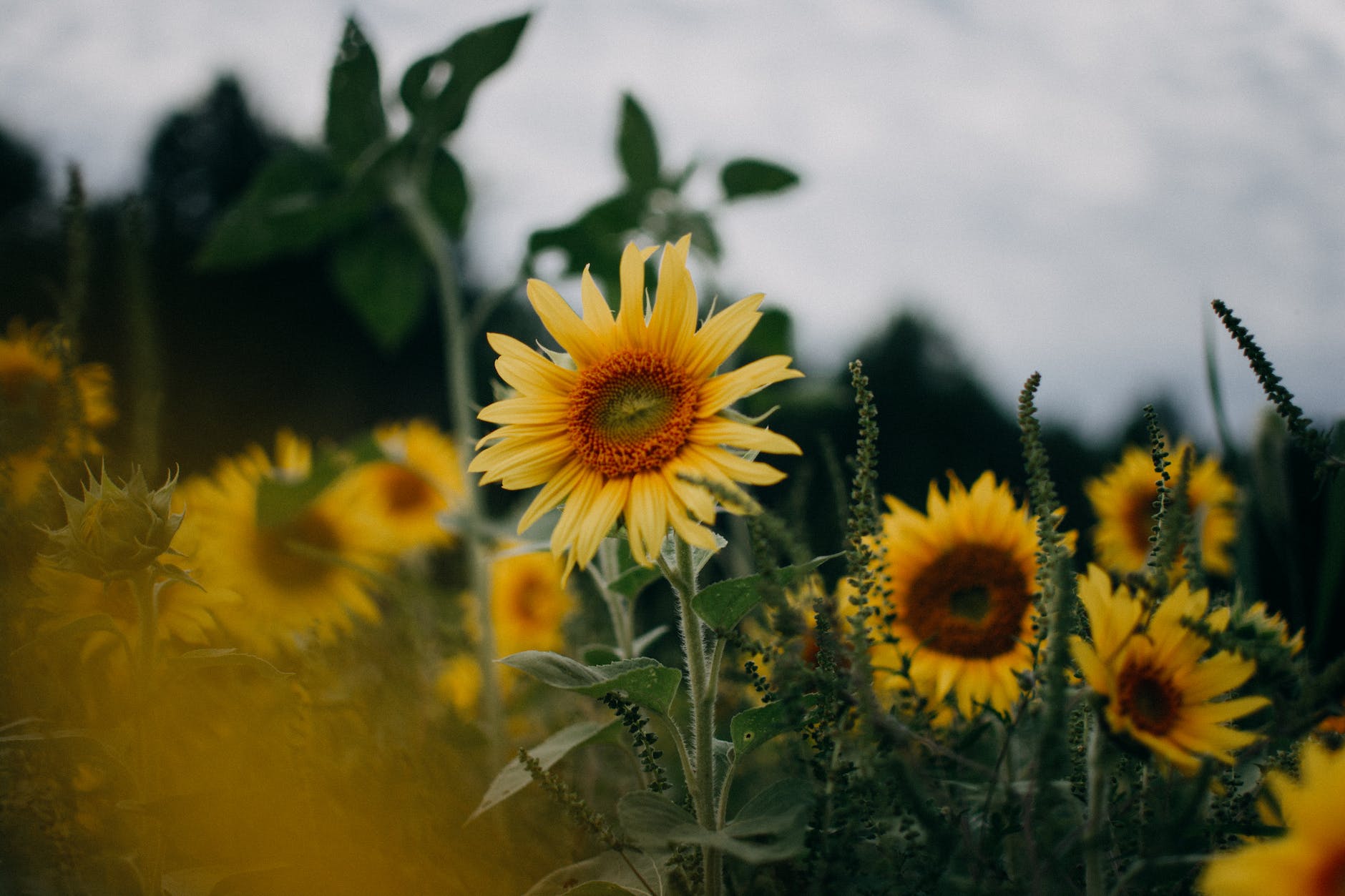
Growing Sunflowers from seed is such a great way to add beauty and life into the garden and what’s amazing is that you can collect seeds from your own plants and grow your own stock year after year.
Happy Gardening
Want More?
Houseplants are gorgeous living home decor. It is worthwhile learning how to properly care for them.
IF YOU LIKE THIS POST
You might also like these:
- How to properly water your houseplants
- Best soil to tropical houseplants
- Best Indoor Trailing Houseplants
We’d love to hang out with you on our social channels. You can subscribe to our blog and find us on Facebook, Youtube, Instagram and Pinterest! Feel free to reach out if you have any plant questions!
DISCLOSURE
This blog post may contain affiliate links. Which means if you click on a link and go on to buy the product I recommend, I may get a small commission at no extra cost to you.
Thank you for your support. It means the world to us!
The Thrifted Planter
Ciearra is a gardener and houseplant enthusiast of over 10 years! She has been growing indoors and outdoors. Supplying food for her family and beautifying her home with annuals, perennials and houseplants! Ciearra is passionate about sharing her knowledge of plant care with anyone who needs help or a quick plant growth tip! When she’s not blogging you can find her tending to her chickens, dogs and hanging out with her family

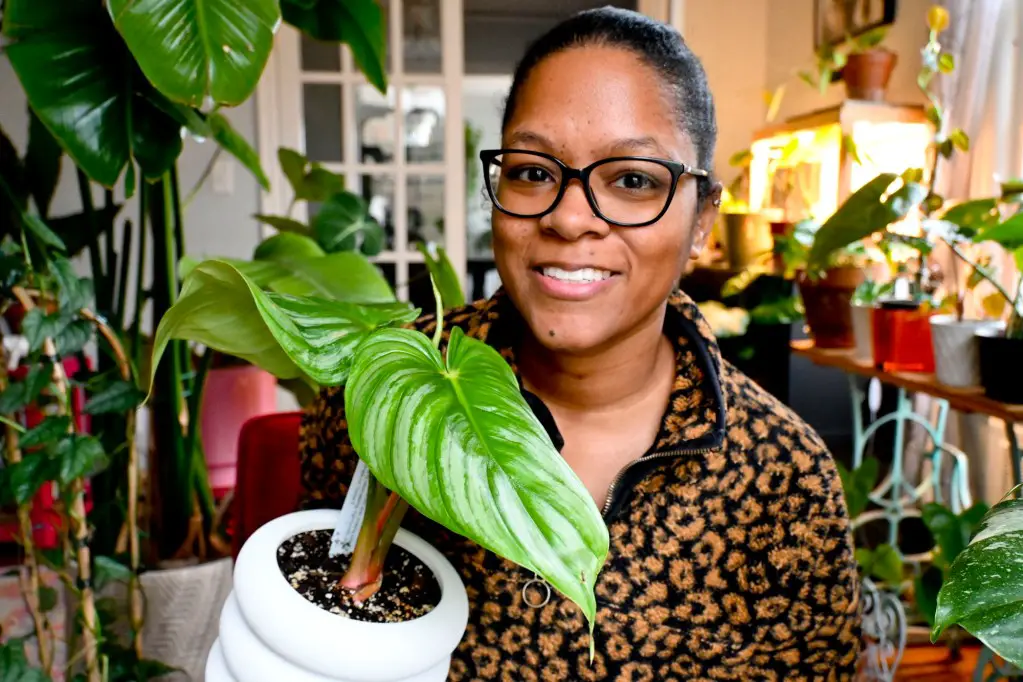



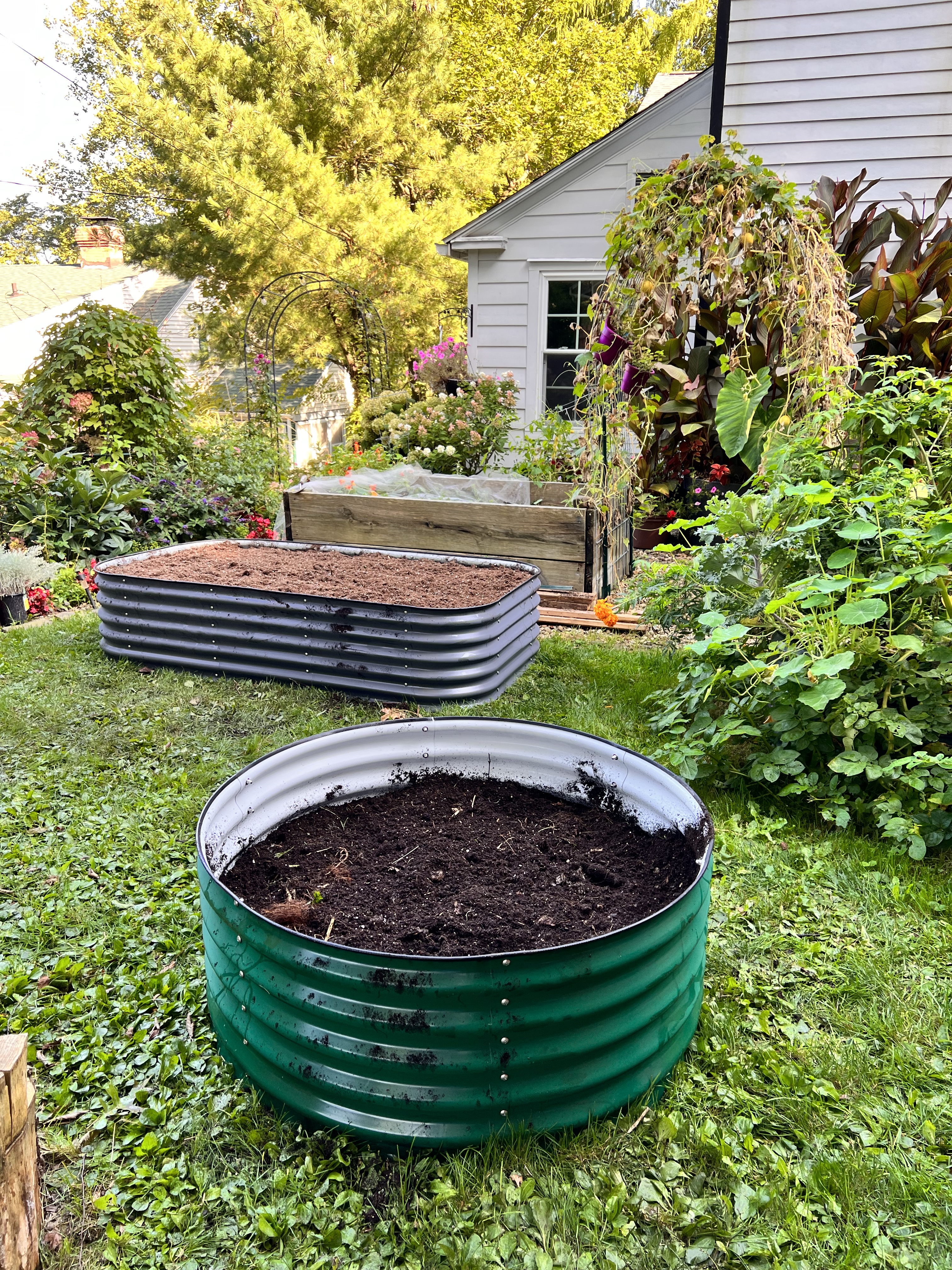




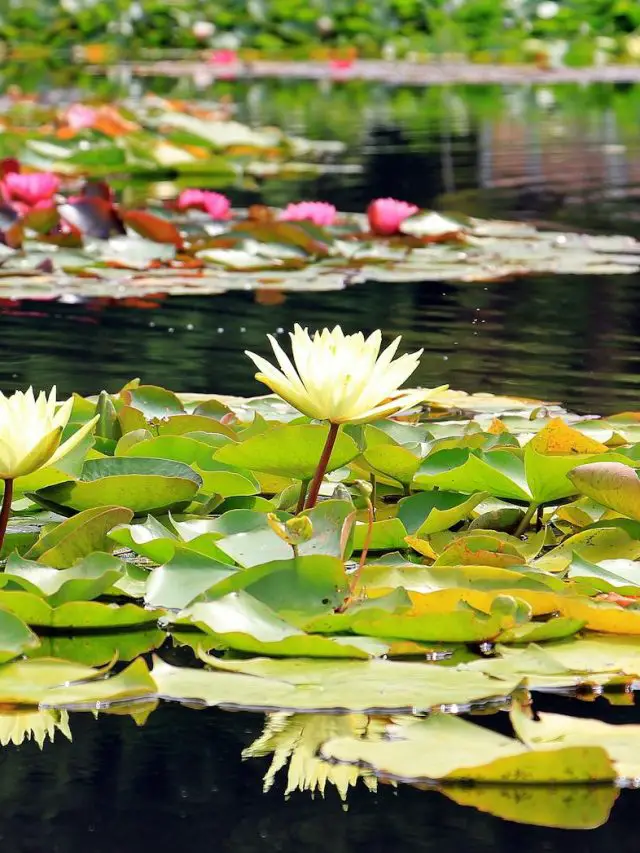
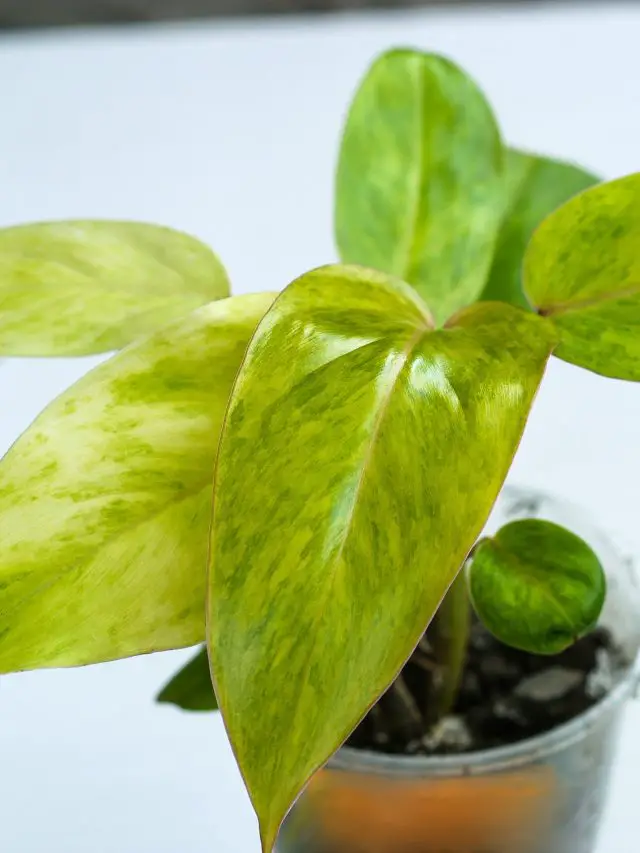


Thank you for all the great info – I do believe that I’m going to give it a try! However, you don’t address the type of sunlight they need outside. Thank you….
Hi There! Thank you for your comment. Sunflowers require full sun outdoors. They do really well with at least 8 hours of light. Happy Gardening!